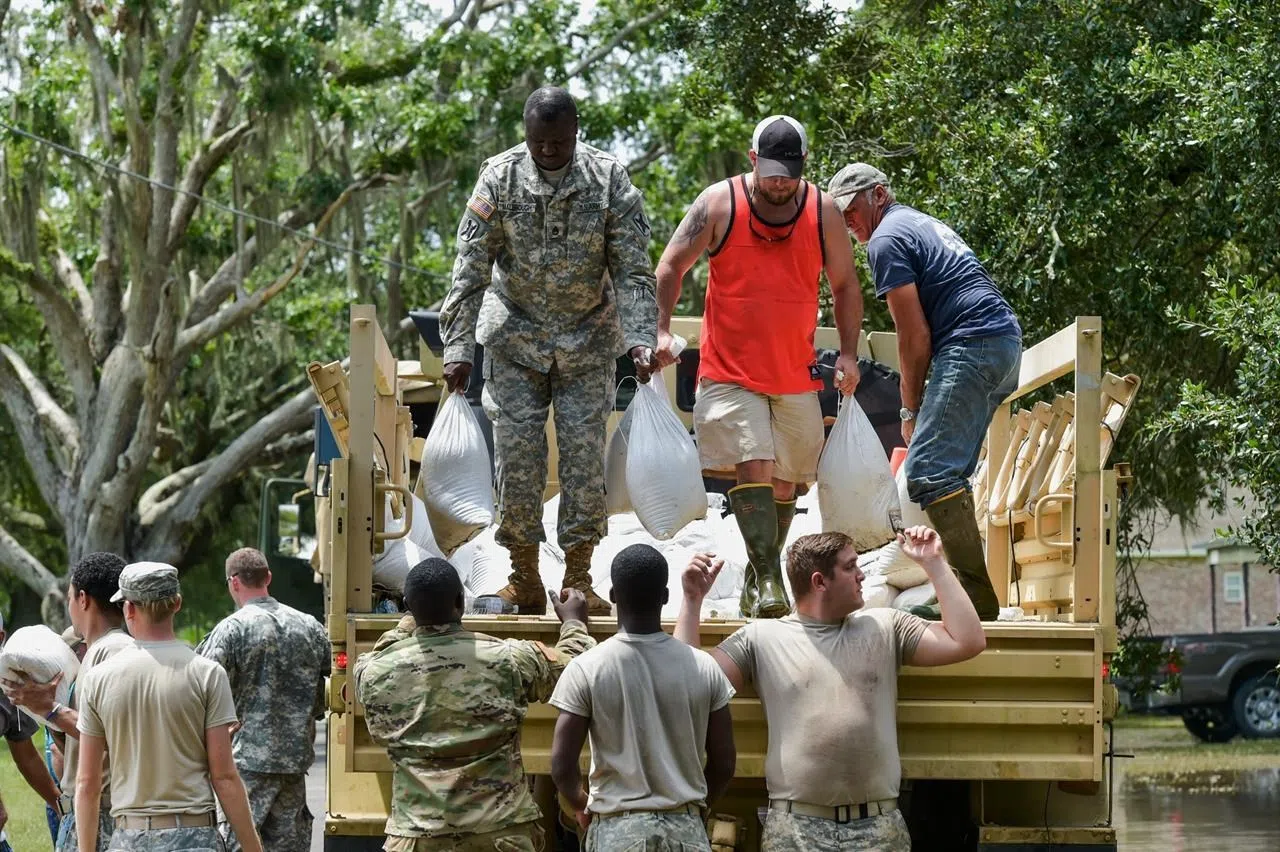
Amid Louisiana flood disaster, youngest bear mental scars
DENHAM SPRINGS, La. — After floods devastated pockets of south Louisiana, mental scars are already showing on the youngest victims of a disaster that prompted more than 30,000 rescues and left an estimated 40,000 homes damaged.
Children who endured harrowing rescues are returning home to a jarring landscape that even their parents can scarcely grasp: Homes filled with ruined possessions must be quickly gutted. Damaged schools and daycare centres are closed indefinitely. Parents juggling jobs and cleanup work must also line up caretakers for their kids.
Michelle Parrott’s children hear thunder when there is no storm. When rain does fall, they ask their mother if the floodwaters are rising again.
Parrott, her husband and her six children, ages 6 to 17, have slept in cars, a shelter and a hotel room in the week since they had to be rescued by boat. The flooding wrecked their home in Livingston Parish, where one official has estimated that three-quarters of the residences are a total loss after more than 2 feet of rain fell in three days.


